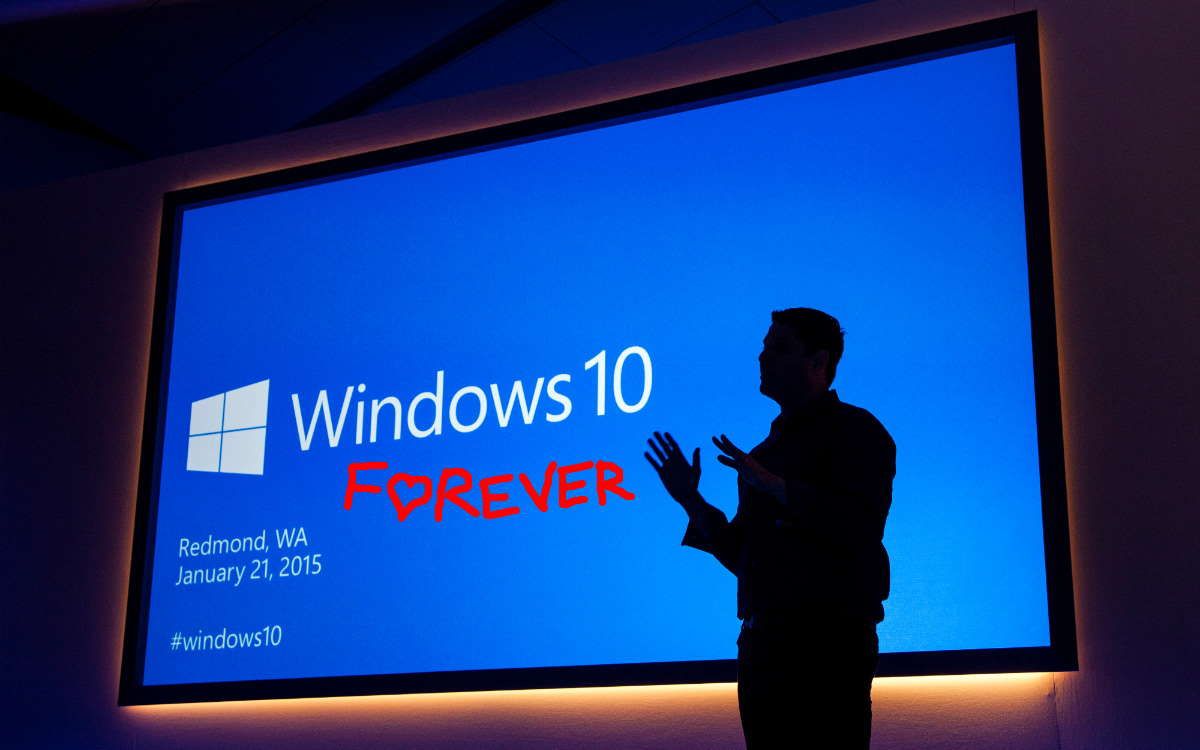

- WINDOWS WANRS TO DOWNLOAD 100 UPDATES HOW TO
- WINDOWS WANRS TO DOWNLOAD 100 UPDATES UPDATE
- WINDOWS WANRS TO DOWNLOAD 100 UPDATES UPGRADE
- WINDOWS WANRS TO DOWNLOAD 100 UPDATES PRO
- WINDOWS WANRS TO DOWNLOAD 100 UPDATES PC
WINDOWS WANRS TO DOWNLOAD 100 UPDATES UPGRADE
The free upgrade offer had just ended, and when I downloaded the Windows 10 upgrade tool and ran it on an old Windows 7 PC, I fully expected that the upgrade would fail activation and I'd be asked for a product key. I wrote and published the first version of this post in early 2017, several months after Microsoft's initial free upgrade offer ended. I'll also talk about the licensing issues involved, which are (as always) confusing.
WINDOWS WANRS TO DOWNLOAD 100 UPDATES HOW TO
In this post, I'll cover the basics of how to install Windows 10 as an upgrade on older hardware.
WINDOWS WANRS TO DOWNLOAD 100 UPDATES PRO
(For details, see "How to upgrade from Windows 10 Home to Pro without hassles.")
WINDOWS WANRS TO DOWNLOAD 100 UPDATES PC
That can save you as much as $100 in OEM upgrade charges if you buy a new PC with Windows 10 Home preinstalled.

You can also still upgrade Windows 10 Home to Windows 10 Pro by using a product key from a previous business edition of Windows 7, 8, or 8.1 (Pro/Ultimate). And it could be a great relief to your budget if you're required to work from home (or go to school via remote sessions) and you need to take an old PC out of storage and get up to speed quickly.Īlso: Windows 11 FAQ: Here's everything you need to know That upgrade is more important than ever, now that support for Windows 7 has officially ended.
WINDOWS WANRS TO DOWNLOAD 100 UPDATES UPDATE
Don't forget to use the Restart Now option if prompted.į you don't see any pending updates, simply use the Update and Restart option on the Power menu.Īfterward, the chances for those Update and Shutdown/Restart options to be gone for good are pretty high.Here are ZDNet's current top picks for a variety of use cases. If there are updates available, download and install them. Step 6: Go to the Windows Update portal, and then use the Check for Updates option. Step 5: Once the Reset Windows Update Tools finishes resetting Windows Update, you should see a The Operating Completed Successfully notification within the Command Prompt console. If the Reset Windows Update Tool may fails, simply re-run it again and you should be fine. It should take a while, so please be patient. Step 4: Press 2 to reset the Windows Update Components. Step 3: On the Command Prompt console, press Y to proceed. If prompted, click OK or Yes on the security prompts. BAT file labeled ResetWUEng, and then select Run as Administrator. Step 2: After extracting the contents of the ZIP file, right-click the. Step 1: Download the Reset Windows Update Tool from Microsoft TechNet. However, any failed or stuck updates may be removed, thus requiring a re-download of the said updates. Note: Resetting Windows Update does not downgrade Windows 10 to an earlier version. You most likely won’t have to go through this, but if the earlier troubleshooting tips didn’t work, then resetting Windows Update should put to rest any issues with failed or stuck updates. Resetting Windows Update removes old Windows update folders, re-registers Windows update files, and resets network connections.

If clean booting didn’t do the trick, let’s see what’s on the cards next. Once you’re done, exit the Task Manager and the System Configuration dialog boxes, and then restart your computer to make it boot into Windows 10 normally. This time, uncheck the box next to Hide All Microsoft Services to ensure that you don't leave out any hidden Windows 10 services disabled.Īlso, don’t forget to re-enable the startup items that you disabled earlier. To make Windows 10 boot normally again, re-open the System Configuration dialog box, and then enable all services. Step 7: After Windows 10 finishes rebooting again, you most likely should see the Power menu back to how it should be. Step 6: If you don't see any changes within the Power menu after the reboot, simply use the Update and Restart option to reboot your PC again. Your PC should now boot with no unwanted services or startup items, hence the term 'clean boot.' On the pop-up box that shows up, click Restart to reboot your PC. Step 5: Click Apply, and then click OK to exit the System Configuration dialog box. If you already had certain programs disabled, simply leave them as they are. Step 4: Select and disable all startup items. Step 3: Click the Startup tab, and then click Open Task Manager. Important: Checking the box next to Hide All Microsoft Services ensures that you don't disable any vital system services, so make it an absolute point that you do that.


 0 kommentar(er)
0 kommentar(er)
